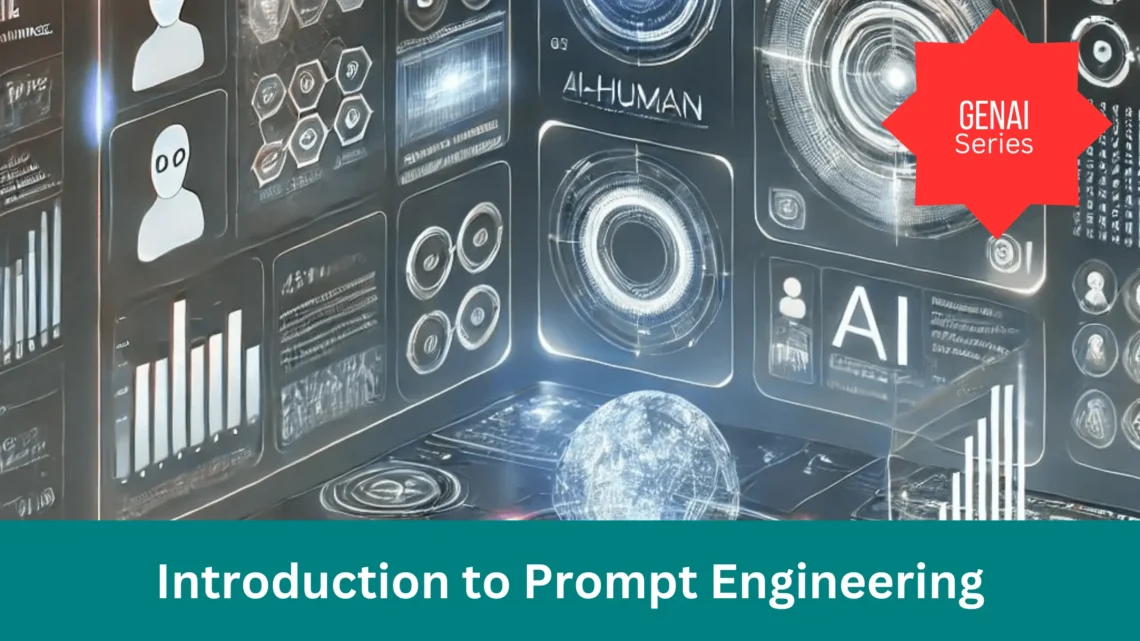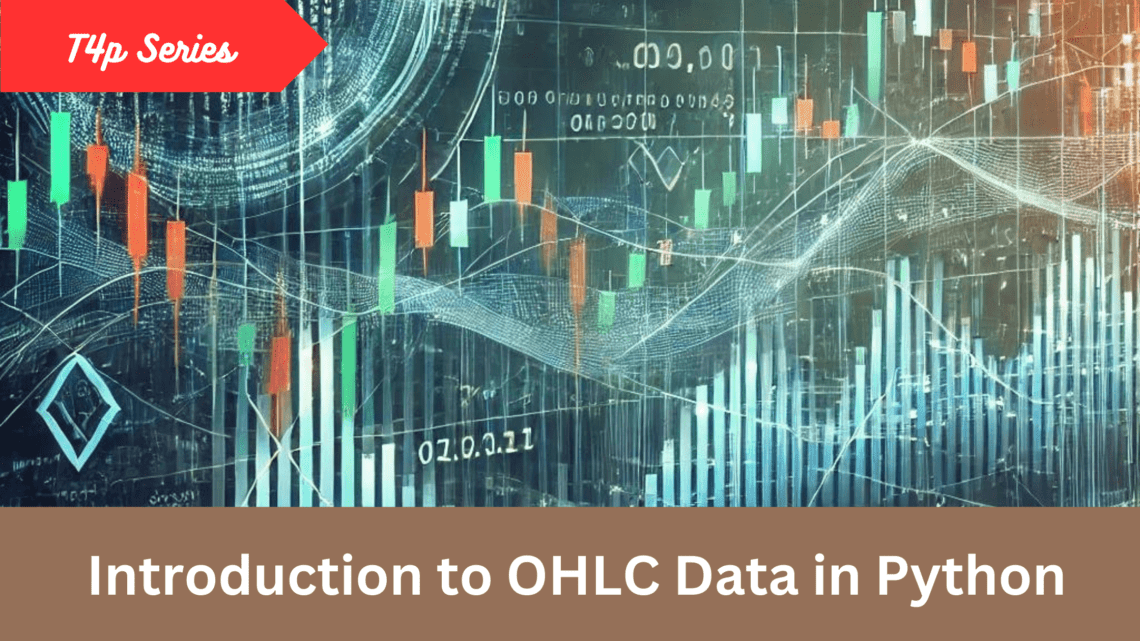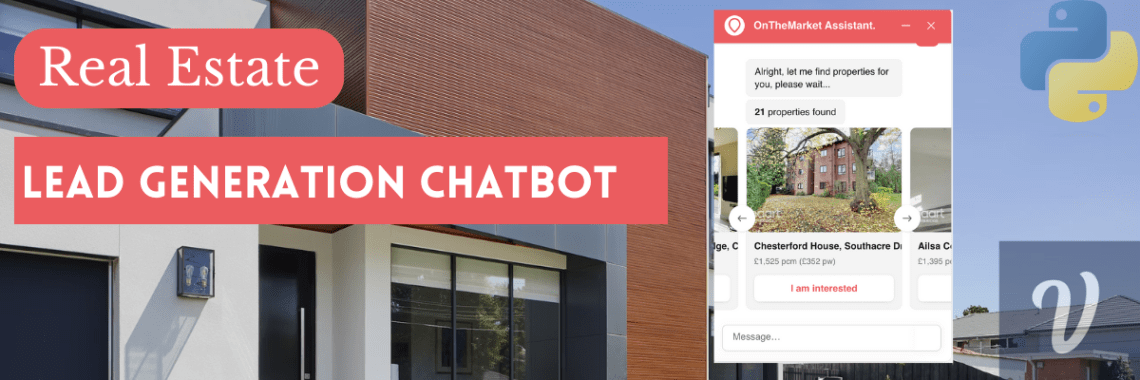This post is part of the T4p Series. In this post, we will briefly discuss candlesticks, their basics, types, and how you can use OHLC data to identify them. I’ll aim to keep it short and to the point. What is a CandleStick Candlesticks are graphical representations of price movements in financial markets, typically showing the opening, closing, high, and low prices for a specific time period. History of CandleSticks Candlestick charting has a rich history that dates back centuries. It originated in Japan during the 18th century, long before the advent of modern financial markets as we know them today. The story begins with Munehisa Homma, a Japanese rice…
-
-
Introduction to prompt engineering
This post is part of the GenAI Series The only way we can interact with an LLM model is by passing an instruction to retrieve a response. That instruction is called a prompt. In this post, we are going to discuss what a prompt is and what prompt engineering entails What is a Prompt A prompt is simply the instruction or question you give to an AI or language model to get a response. Think of it as a way to guide the AI toward the answer or output you want. Imagine you’re talking to a super-smart friend who’s always eager to help but needs a little guidance on what…
-
An Introduction to OHLC Data in Python
This post is part of the T4P Series. In this post, we will be discussing OHLC data. OHLC is the abbreviation of Open, High, Low, and Close. We will discuss its working, its importance, and how to access it. So let’s start. What is OHLC Data OHLC data is a common way to represent the price movement of an asset, whether it’s a stock, cryptocurrency, or commodity, during a specific time frame (like an hour, a day, or a week). These four values give you a snapshot of how an asset’s price has fluctuated during that time frame. Let’s break it down: Open: This is the price at which the…
-
Introduction to LLM
So, I am starting this GenAI series where I will share insights related to GenAI and large language models (LLMs). This is the first post, where I’ll discuss what LLMs are, how they work, and other related topics. What are Large Language Models Large Language Models, or LLMs, are a type of AI that can understand and generate human-like text. They’re the technology behind smart chatbots and writing tools, making our interactions with machines feel more natural. LLMs are built on foundation models. These foundation models are large AI models pre-trained on vast amounts of unlabeled and self-supervised data to perform a wide range of tasks, serving as the base for…
-
Introduction to trading for programmers
I am starting a new series, Trading for Programmers (T4P), where I will cover topics related to trading and how programmers can leverage their existing skills. This is the first post in the series. Why Programmers Should Explore Trading Before diving into trading, it’s important to understand why programmers should consider getting into it, even if they aren’t particularly fond of trading. Trading might seem like a world of its own, but it’s actually a great fit for those skilled in computers and numbers. At its core, trading involves buying and selling assets like stocks or cryptocurrencies to make a profit. For programmers, this can be especially intriguing because it’s…
-
Writer’s Block
There was a time when I effortlessly wrote multiple blog posts each month, a practice that continued for years. However, for the last two years, I’ve been struggling to write anything. It’s not that I haven’t had anything to write about—look, this blog is a platform where I share whatever I learn. I’ve written on various topics in the past. It’s not like I haven’t done anything new in the last two years; I just haven’t felt the urge to write about them or convert my learnings into blog posts. This eventually made my learning activities somewhat stagnant. On the other hand, I became so occupied with work for others…
-
Scraping HTML Data with BeautifulSoup [2024 Guide]
Have you ever wondered how to pull out useful information from websites without the hassle? BeautifulSoup is your go-to tool for scraping HTML data effortlessly. In this article, we’ll walk you through the basics of web scraping using BeautifulSoup. No prior experience is needed! With its simple syntax and straightforward approach, you’ll quickly grasp the essentials of parsing HTML and extracting data from web pages. Join us as we explore the world of web scraping in a beginner-friendly way. By the end, you’ll be equipped with the skills to gather valuable insights from any website with ease. Let’s dive in and uncover the magic of BeautifulSoup together! BeautifulSoup Overview You…
-
Getting started with OpenAI Assistant APIs and Python
Earlier I had discussed using OpenAI Embeddings API to come up with a product recommendation system. In this post, I am going to discuss Assistant APIs, The APIs OpenAI provided to integrate custom GPTs. I am going to create a blog title generator in Flask that will be generating blog titles in the tech/gadget space. In case you are in a hurry you may want to watch the demo video of it: What is a custom GPT? According to OpenAI: …ChatGPT that combine instructions, extra knowledge, and any combination of skills. Custom GPTs, as the name says, are the customized versions of chatGPT that rely on your own data and…
-
Building an E-commerce Product Recommendation System with OpenAI Embeddings in Python
Earlier I had written a post about using OpenAI APIs to create a stock sentiment analysis by feeding news to GPT models. In this post, I am going to introduce the concepts of Word Embeddings or Embeddings in general. I am going to write a product recommendation system using OpenAI embeddings API that consumes product-related datasets from Kaggle. If you are in hurry or not interested in technical details, check the demo video below: Before I start developing the system itself, allow me to discuss a few words about embeddings and their need. What are embeddings According to Wikipedia: In natural language processing (NLP), a word embedding is a…
-
Create Your First Real Estate Lead-Capturing Chatbot Using Voiceflow and Python Flask
Introduction Chatbots are essential tools because they make communication between people and technology much easier. These clever programs can answer questions, provide helpful information, and even assist with tasks. In various fields like real estate, chatbots play a crucial role by engaging with potential clients, enhancing user experience, and helping businesses capture valuable leads. They’re like smart assistants who work around the clock, making interactions smoother and more efficient for everyone involved. Chatbots come in different levels of complexity, categorized as either stateless or stateful. Stateless chatbots treat each conversation as if it’s a new interaction with a user, while stateful chatbots can remember and consider past exchanges when generating…







